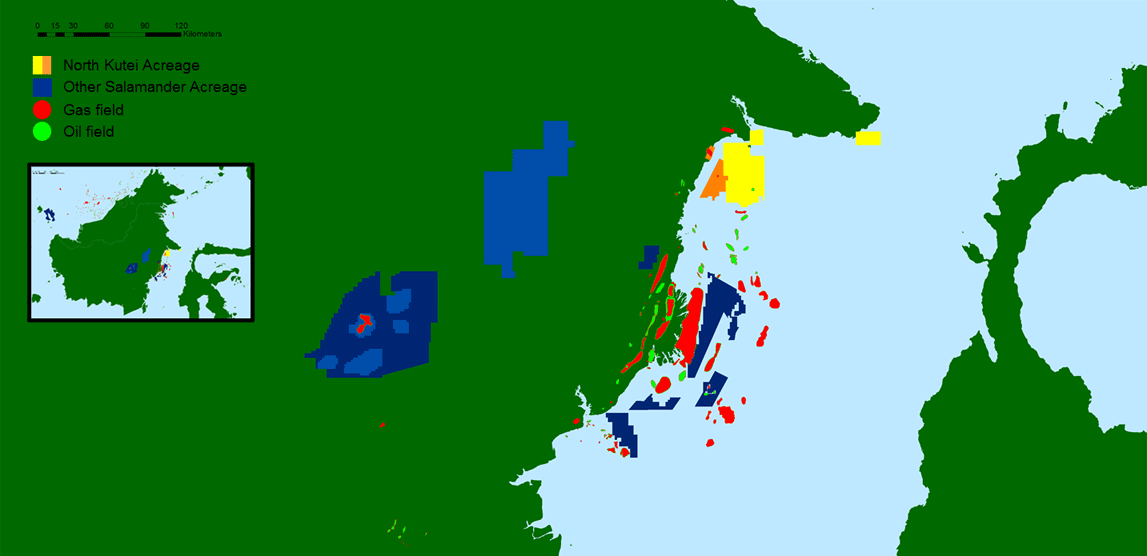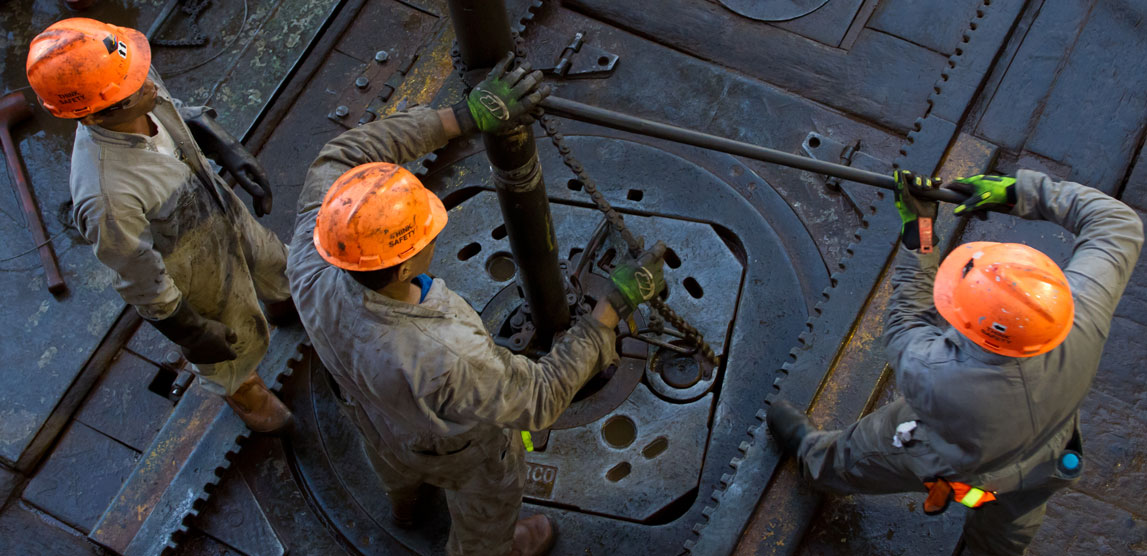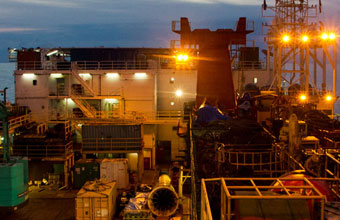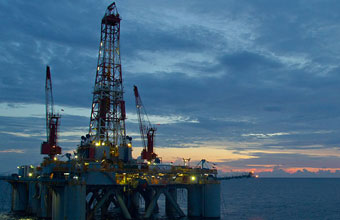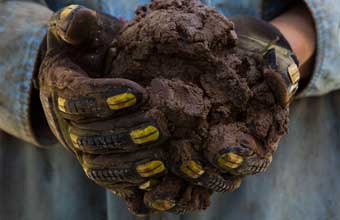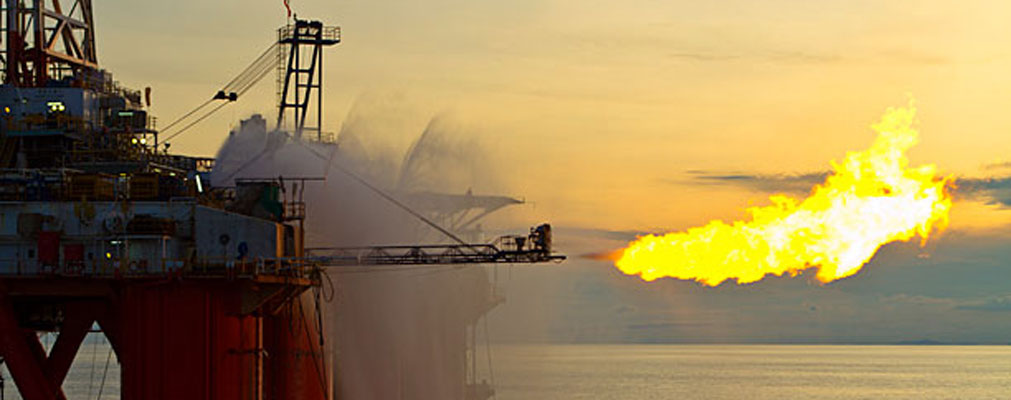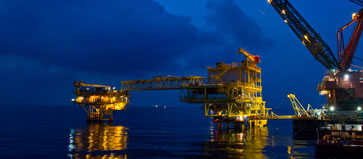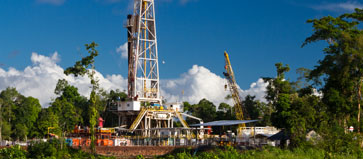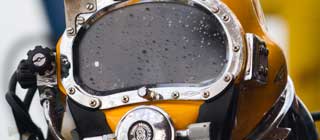The Group has drilled four exploration wells to date in the North Kutei basin. Pre-2010 when Salamander made the Angklung gas discovery the prevailing wisdom was that the North Kutei was sand starved meaning there would be a lack of effective reservoir.
In 2010, the Angklung discovery found 23 metres of reservoir quality, gas bearing sandstones that flowed 26 mscfd of gas. The Angklung well proved the existence of effective sandstone reservoirs in the North of the basin.
Having completed extensive technical work on the back of the Angklung well over 60 leads and prospects were mapped across the Bontang and SE Sangatta PSCs. In 4Q 2012, Salamander returned to the North Kutei for a three well exploration campaign.
SOUTH KECAPI & BEDUG
The first well was completed on the South Kecapi prospect. This well encountered numerous shallow gas bearing sandstone reservoirs before encountering an oil bearing sandstone (the “BT45”) in the lower Pliocene. This flowed oil at a constrained rate of 6,000 bpd during testing.
Later in the programme the rig returned to follow up the South Kecapi oil discovery with a well on the Bedug prospect. South Kecapi sits on the flank of the Bedug structure which is a large anticline some 4 km updip from South Kecapi.
The Bedug well was testing to see if the BT45 sandstones ran up to the crest of the Bedug structure. The well encountered gas bearing sandstones shallow in the section but the BT45 sandstones had thinned out at the Bedug location, although there were oil shows.
The BT45 sandstones clearly pinch out somewhere on the flank of the Bedug structure and there is a distinct possibility that they could contain a commercial oil discovery (c. 40 MMbbls is the commercial threshold). An appraisal well is warranted and the technical team are completing a post well review of the acreage and we will look to bring in a partner ahead of any appraisal drilling.
NORTH KENDANG
In between the South Kecapi and Bedug wells, the North Kendang well was drilled. North Kendang is on the Southeast Sangatta licence, some 18 km from the South Kecapi discovery.
The North Kendang well was suspended following a significant wet gas kick encountered a few metres into the prognosed Upper Miocene target section that lead to an elevation of wellbore pressure up to 3,800 psi. The well was brought under control but it was decided that it would not be safe to drill through the Upper Miocene section without using Managed Pressure Drilling equipment.
From the drilling pressure data acquired, and the sampling of wet-gas during well control operations, there are good indications of the potential for a large hydrocarbon column at the level of the kick zone.
The Group has insurance against such well control incidents that covers the cost of a re-drill to the point where the well was suspended. It is anticipated we will return to re-drill a well on the North Kendang prospect before the end of 1H 2014.

